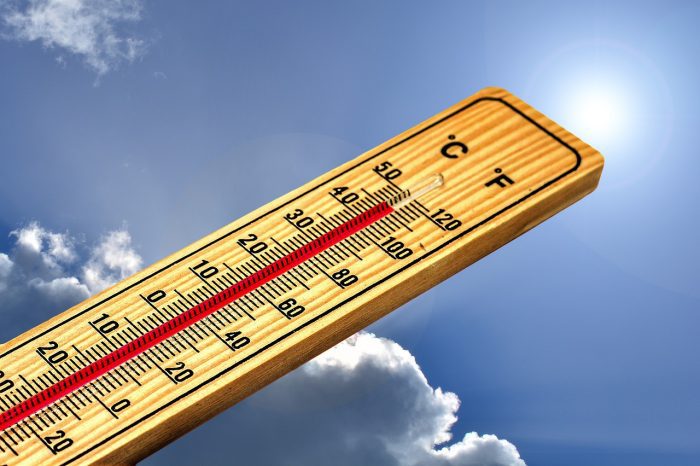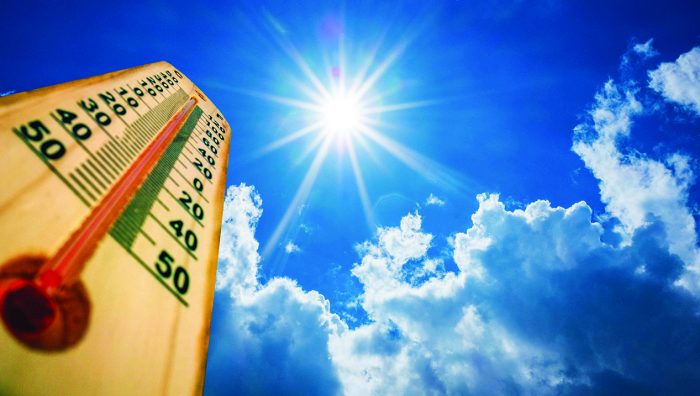By Leah S. Dunaief

Publisher
Whew! That was blistering heat we just endured for the last few days. When it gets that hot, I have two reactions. I need some ice cream, preferably a cone filled with coffee ice cream dotted with chocolate chips. And I have to switch to wearing shorts.
So it gave me a chuckle to read an inquiry by a reader of the New York Times Style Questions column asking about wearing shorts to work. Now I’m supposing that she works in a large city office, where there is a formal or informal dress code, and like me, she wants to beat the heat by donning shorts.
Her question amuses me because it reminds me of how far wearing shorts has come, and also how lucky we are.
First the shorts evolution. It must have been a slow news day back in 1960, when The New York Times ran a front page story about Barnard students wearing Bermuda shorts as they meandered through the Columbia campus. Imagine the scandal. It seems President Grayson Kirk of Columbia was offended by the casual dress and asked Barnard President Millicent McIntosh to clamp down on her students. Only skirts were to be worn, came the directive, with some sort of appropriate blouse.
Well, we students protested, with petitions and rallies, until the ban was rescinded to a “request” to wear a coat or slacks over the shorts when on the Columbia campus, which was across Broadway from Barnard. Think how innocent the uproar when measured against today’s protests on the same campuses.
Clearly President McIntosh wasn’t similarly offended because she advised us during an ensuing assembly of the entire college “to turn over your book covers when you are riding the subway (some two-thirds of students were commuters then) so no one knows you are from Barnard.” And any ban would not take place until September, which was one way of kicking the can-or ban-down the road.
Other women’s colleges treated the issue of showing knees differently. Radcliffe, adjacent to Harvard, only permitted shorts for athletic activities. Vassar College allowed shorts both on campus and in town (Poughkeepsie, N.Y.). Smith College, in Northampton, Mass., allowed shorts on campus and in class, but no shorter than two inches above the knee. All that was researched by The NYT reporter for the 1960 article.
Today’s reporter, Vanessa Friedman, answered the reader this way. “Shorts are often longer than skirts these days and often more conservative. There is no reason a woman shouldn’t wear them to the office.” She goes on to say that any hesitation might stem from the association of shorts with play and summer weekends rather than work. As such they are not considered professional garb.
There is also the question of what kind of shorts, she advises. Very short shorts are not any more acceptable than very short skirts. To professionalize the look, a blazer, a belted T-shirt and conservative shoes — platform shoes or even pumps — might complete the outfit, or an oversize button-up shirt.
So now I come to the point of our being lucky. First, most of us are not in a large city office but rather a suburban environment, which, culturally, is more relaxed. We live in the land of the sweatsuits.
Furthermore, times have so radically changed that no one, for example, expects a doctor or lawyer, the epitome of professional, I guess, to appear in a suit. Not even a tie. A button-up Oxford shirt is pretty dressed up these days, and we often see professionals thusly outfitted: men in golf shirts and trousers, and women in short sun dresses.
Finally, we, as journalists, are allowed to look casually dressed. Few people would expect to be interviewed by someone in a suit. It might even make them nervous. Yippee!










